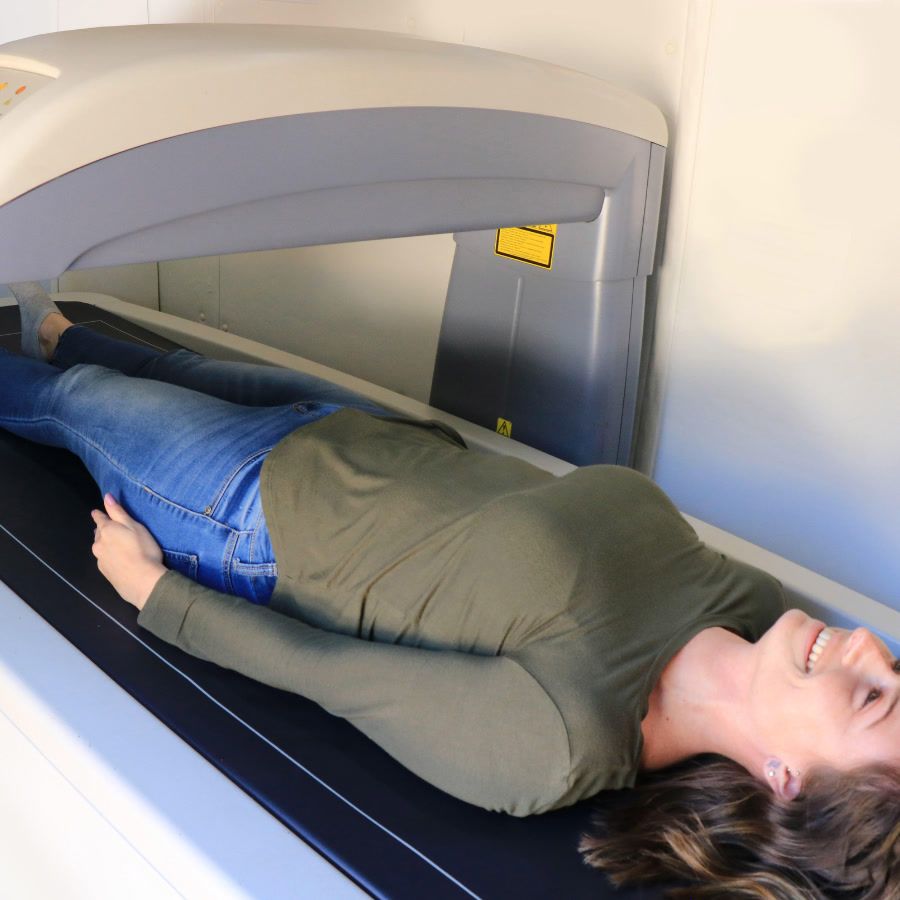Osteopenia ICD-10 Codes Overview: M85.80, M85.88, and M85.89 Explained
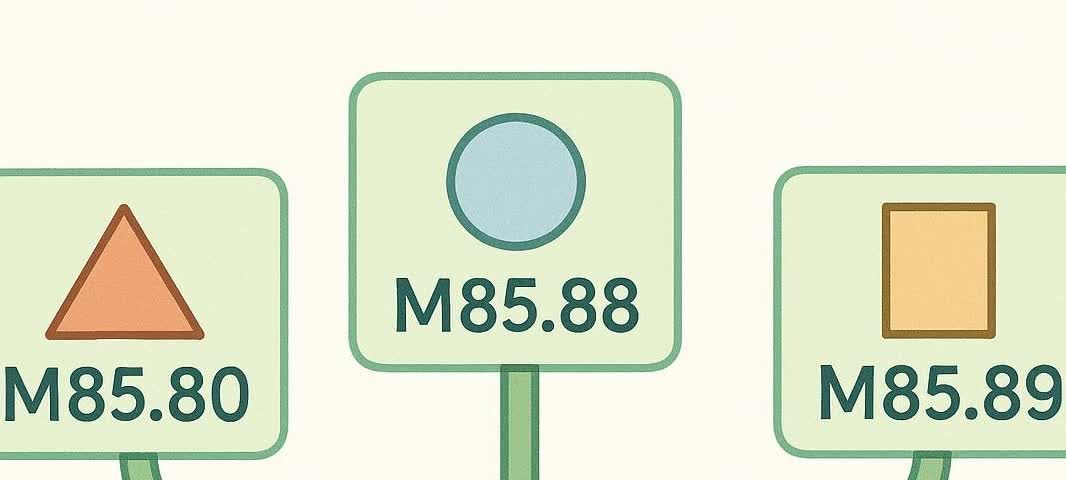
Osteopenia ICD-10 Codes Explained: M85.80 vs. M85.88 vs. M85.89—And When to Use Each
Accurate ICD-10 coding for osteopenia is critical for achieving a high first-pass claim approval rate. Even a small misstep can trigger days (or weeks) of back-and-forth with payers.
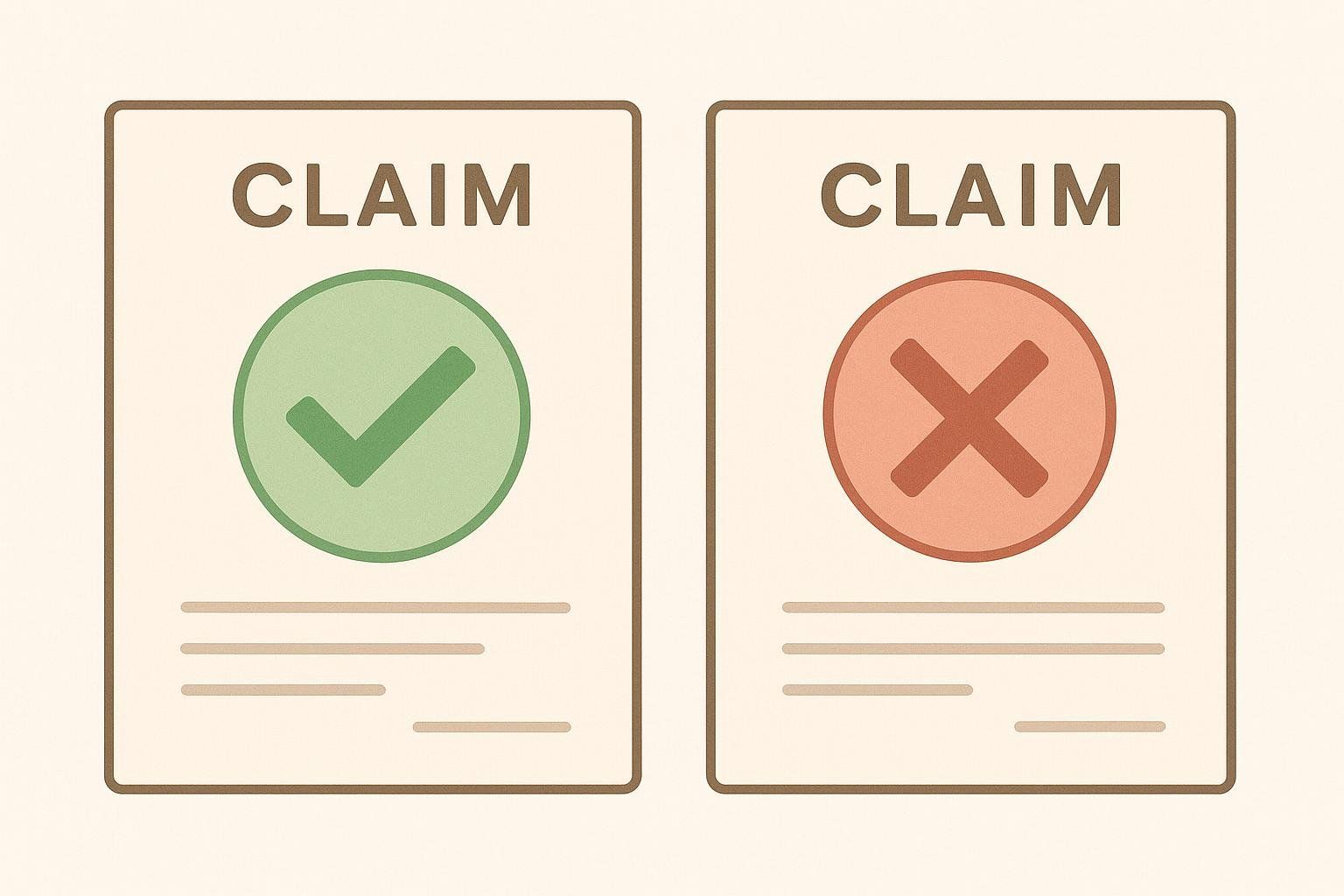
“Osteopenia” is not represented by a single, catch-all diagnosis code. Instead, accurate ICD 10 osteopenia coding requires choosing from several sub-codes within category M85.8- (Other specified disorders of bone density and structure) based on where the low-density bone is documented.
TL;DR – Quick Reference Table
| Billable Code | Description | Site Qualifier | Typical Documentation Clues | Common Payer Pitfalls |
|---|---|---|---|---|
| M85.80 | Other specified disorders of bone density & structure, unspecified site | No anatomic site documented | Chart note simply says “osteopenia” without details | High denial risk—payers often ask for site-specific code or amended note |
| M85.88 | Other specified disorders of bone density & structure, other single site | One named location (e.g., hip, spine, forearm) | DEXA shows T-score between −1.0 and −2.5 at a single region | Moderate risk—denials if laterality or site wording is incomplete |
| M85.89 | Other specified disorders of bone density & structure, multiple sites | Two or more distinct sites | DEXA shows low bone density at lumbar spine and radius (each T-score between −1.0 and −2.5) | Moderate risk—ensure all affected sites and scores are listed |
| M85.9 | Disorder of bone density & structure, unspecified | Specific disorder (e.g., osteopenia) and site not documented | Documentation notes decreased bone density generally, without the word “osteopenia” and without naming a site | Over-use flags audits; add clinical rationale |
Why Getting the Code Right Matters
- Clean claims the first time. Musculoskeletal diagnoses rank among the top ten denial categories for outpatient services, according to the Centers for Medicare & Medicaid Services (FY 2024 Improper Payments Fact Sheet).
- Patient access to DEXA scans. Many commercial payers require evidence of site-specific osteopenia before approving follow-up imaging.
- Supports accurate future coding for fracture risk. Precise baseline codes make longitudinal tracking easier if the patient later progresses to osteoporosis (M81.0-).
ICD-10 Structure for Osteopenia Codes
ICD-10 codes are hierarchical. The category M85 captures “Other disorders of bone density and structure.”
- M85.8- indicates other specified disorders—like osteopenia—but the hyphen signals that a 5th character is required. In other words, M85.8- by itself is not billable. You must append a 5th character for site specification to create a billable code such as M85.80, M85.88, or M85.89.

This structure underscores a key point: osteopenia’s classification hinges on the specific location of bone thinning.
Universal Excludes1 Notes
The following Excludes1 conditions apply to all osteopenia-related sub-codes (M85.80, M85.88, M85.89) and to M85.9. These diagnoses should never be reported on the same claim as an osteopenia code because they represent mutually exclusive or congenital bone-density disorders:
- Diffuse idiopathic skeletal hyperostosis (DISH) (M48.1)
- Osteosclerosis congenita (Q77.4)
- Osteopetrosis / osteosclerosis fragilitas (Q78.2)
- Osteosclerosis myelofibrosis (D75.81)
- Osteogenesis imperfecta (Q78.0)
- Osteopoikilosis (Q78.8)
- Polyostotic fibrous dysplasia (Q78.1)
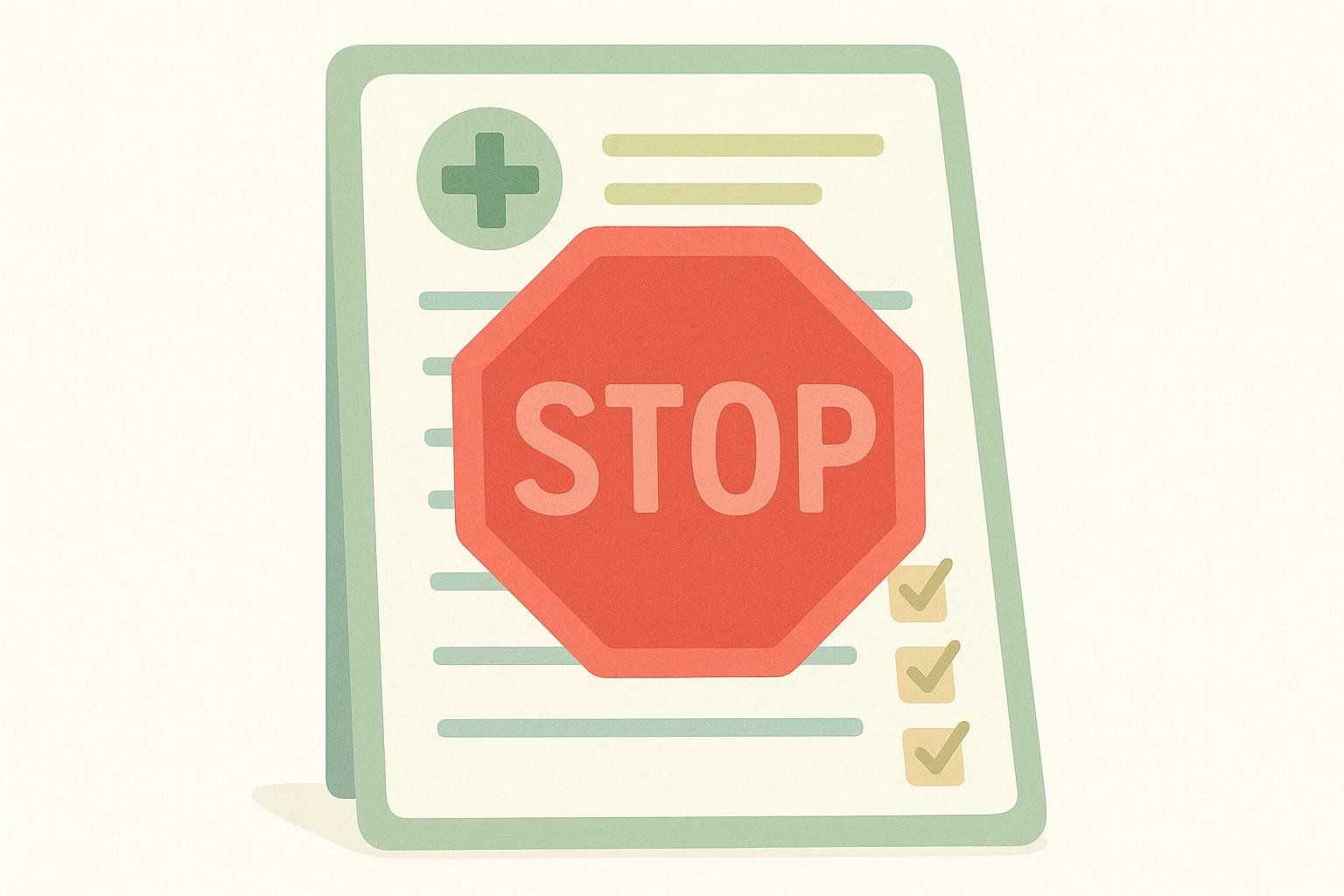
Always verify documentation to ensure none of these excluded conditions are present before assigning an M85.8- or M85.9-series code.
Code Walk-Through & Official Annotations
M85.80 – Unspecified Site
Billable? Yes | Risk level: High for denials
Includes:
- Osteopenia NOS
- Senile osteopenia
Coding Tip: If the DEXA report lists a specific region (even just “hip”), assign the more specific code M85.88.
M85.88 – Other Single Site
Billable? Yes | Risk level: Moderate for denials
Use M85.88 when ONE region shows a T-score between −1.0 and −2.5—in other words, osteopenia confined to a single named bone or region (e.g., hip, spine, forearm).
Documentation must include:
- Named bone or region (e.g., “lumbar spine L1–L4”)
- Laterality if relevant (left vs right hip)
Coding Tip: Providers often write “osteopenia of the hip” but omit laterality. Query the provider to add “right” or “left” to the documentation to avoid denials.
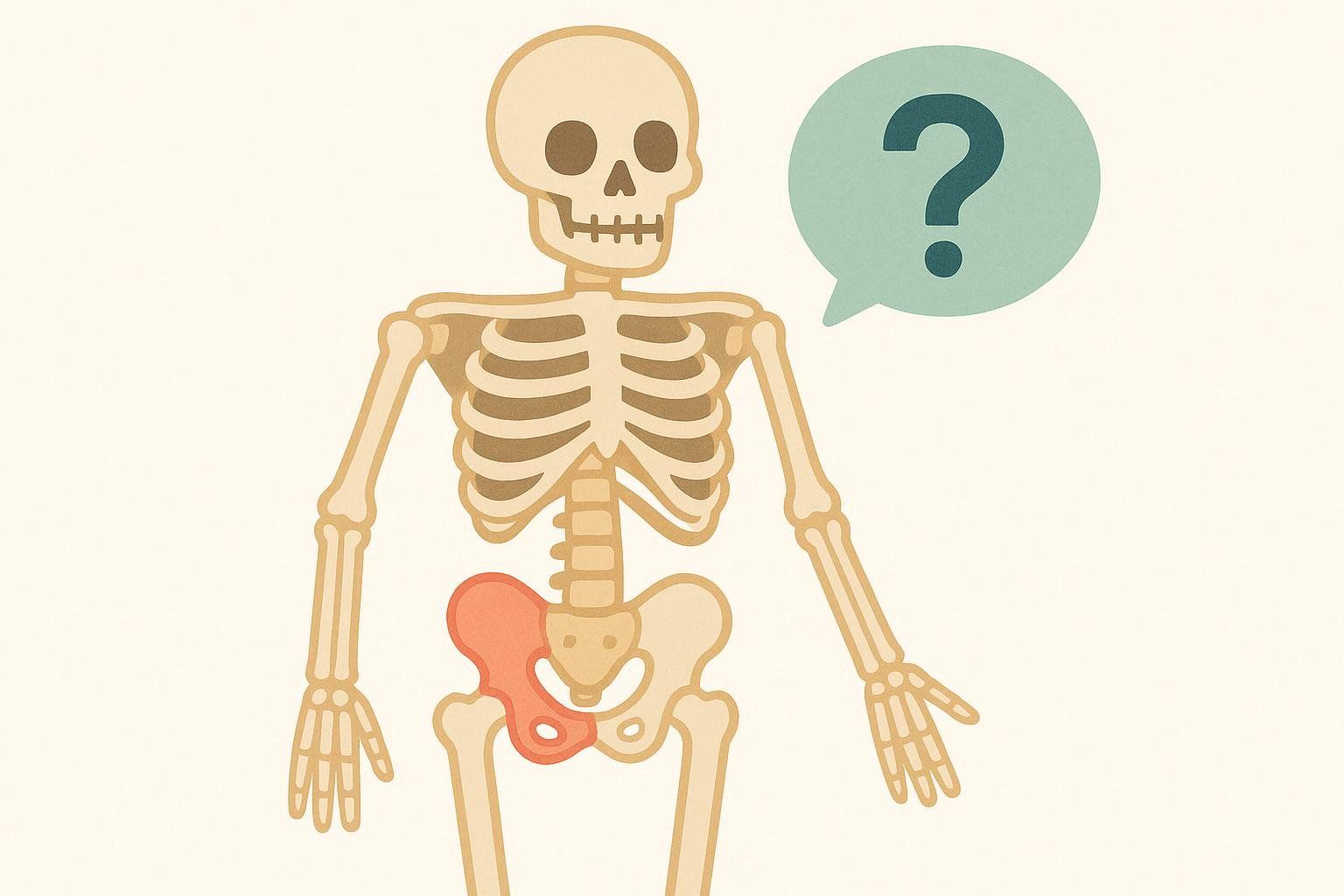
M85.89 – Multiple Sites
Billable? Yes | Risk level: Moderate for denials
Use M85.89 when TWO OR MORE separate sites meet osteopenia criteria (each T-score between −1.0 and −2.5). This code describes osteopenia involving multiple skeletal regions.
Key phrase to include: “Multiple sites” or list each site explicitly in the assessment.
Coding Tip: Payers may request both T-scores—attach the full DEXA report to the claim.
M85.9 – Unspecified Disorder of Bone Density & Structure
Billable? Yes | Risk level: High for denials
Includes:
- Disorder of bone density and structure NOS
Reserve M85.9 for cases where decreased bone density is documented, but both the specific type of disorder (e.g., explicitly diagnosed as “osteopenia”) and the anatomical site are not identified. M85.9 fits documentation that is less specific than “Osteopenia NOS” (M85.80). Over-use attracts payer scrutiny.
Decision Flowchart
This quick text decision tree mirrors common payer logic.
Annotated DEXA Report Examples
Example 1 – Single Site (Hip)
Assessment excerpt: “Left femoral neck T-score −1.9 (osteopenic range). Lumbar spine within normal limits.”
Correct code: M85.88 – single site (left femoral neck)
Why: Only one site (hip) is osteopenic, and side is documented.
Example 2 – Multiple Sites (Lumbar & Radius)
Assessment excerpt: “Patient exhibits low bone mass at L1–L4 (T-score −1.8) and distal one-third radius (T-score −1.7).”
Correct code: M85.89 – multiple sites
Why: Two distinct skeletal regions meet criteria.
Need a refresher on reading DEXA numbers? See Bone Density Test: Key Insights and Guidelines.
Compliance & Audit Checklist

- T-score or Z-score documented next to each affected site.
- Anatomic site & laterality spelled out—avoid vague terms like “upper limb.”
- Clinical impression explicitly states “osteopenia” (not just “low BMD”).
- Related conditions coded (e.g., long-term steroid use) when relevant.
- Attach full DEXA report for Medicare Advantage & many commercial payers.
FAQ
What is the difference between M85.88 and M85.89?
M85.88 is for one named site; M85.89 is for multiple sites. Both are billable.
Can I use M85.80 if the DEXA report lists a site?
Technically yes, but expect denials. Query the provider for specifics and use the more specific site code whenever possible.
Do these codes apply to osteoporosis?
No. Osteoporosis codes start with M80- (with fracture) or M81- (without fracture). For full details, read Our Guide to Osteoporosis ICD-10 Codes.
Next Steps: Turning Coding Insights into Preventive Action
While accurate ICD-10 coding ensures proper reimbursement and documentation, early patient awareness is what drives many of today’s bone-health conversations. BodySpec offers low-cost, non-diagnostic DEXA scans that empower individuals to understand their baseline bone density long before a clinical diagnosis is considered.
When patients bring these objective, repeatable measurements to their appointments, providers can:
- Discuss lifestyle changes or supplementation sooner.
- Decide whether a formal diagnostic DEXA study is warranted.
- Document longitudinal trends that support—or rule out—future ICD-10 coding decisions.
Want to point your patients (or even your clinical staff) toward an affordable, self-service way to track bone density? Explore what a BodySpec scan delivers in Understanding DEXA Scans: The Gold Standard for Measuring Body Composition.

